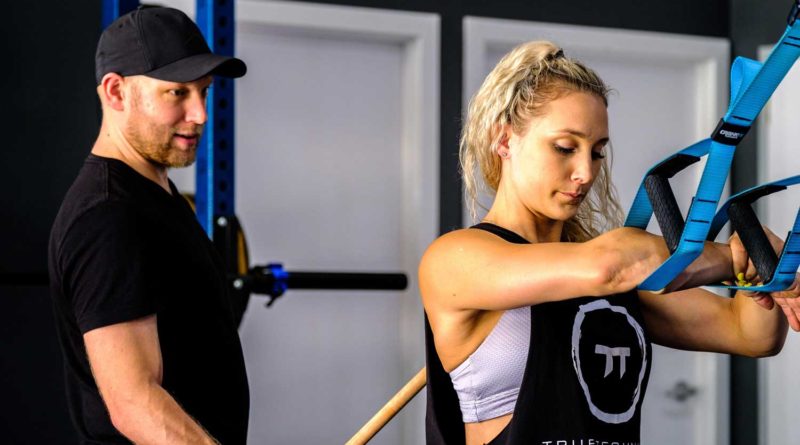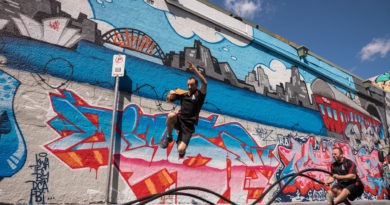Functional Movement Screen Assessment & Certification
Functional Movement Screen in Sydney to Identify Poor Patterns of Movement
Functional movement screen in Sydney seeks faulty movement pattern to help you move in an efficient and stable way through retraining. Babies are symmetrical and limber but over time people develop asymmetries and muscle imbalances. This makes you prone to injuries and less efficient. The function of the screen is to identify such inefficiencies by testing seven patterns of movement.
- Deep Squat: this is for screening knees, shoulder, ankles, hips, and spine. The specialist asks you to hold dowel rod above the head directly while the arms and hands are in place. Now, squat low while maintaining good form. Ideally, upper torso remains parallel to shins, dowel and knees aligned over feet, and thighs are below horizontal. With faulty patterns, heels are off ground, too high squats, dowel falling forward, or asymmetries like leaning or twisting are present.
- In-line lunge: this is for screening the stability of the knee and ankle along with adductor and abductor weakness. Do basic lunge once trainer positions the feet and you hold dowel behind the back, when one hand is near neck and the other near lower back. Point feet straightforward in line in a way that the back knee ultimately hits floor. Now, return to the starting position. Rear knee should touch board behind forward foot with dowel remaining vertical. Dowel should have contact with butt, upper back, and head during the move. When the feet turn out or in, you are unable to balance, or torso tilts backward or forward, functional Training in Sydney detect faults.
- Hurdle step: this is for screening ankles, knees, and hips. You have to step over hurdle little below the knee height. Hold dowel across shoulders and step over using one leg. Now, touch heel on other side and return to the starting position. The experts examine your capability to balance, shifting in level of hips, and neutral position of upper body.
- Shoulder mobility: this is to screen the range of motion in your shoulder, posture, internal and external rotation. You have to make thumbs-in the fists while putting both your hands behind the back simultaneously. One hand is over shoulder and other one comes from bottom to reach up back. Personal trainer courses Brisbane teaches trainees to look for rounded shoulders, symmetry between the sides, and closeness of the hands.
- Trunk stability: this is to screen the core strength and trunk stability. You have to do push up and the experts look for full body, simultaneous movement, saggy hips, or spine hyperextension.
- Straight leg active raise: this is for screening calf and hamstring flexibility, pelvic stability and hip mobility. Here the specialist view angle of raised leg and when bent they examine ankle alignment related to mid thigh.
- Rotational stability: this is to screen for asymmetry and core stability. Here, you have to be on all the fours with arms and legs raised to be parallel to floor. The specialist examines knee-elbow alignment, difference between left and right side and trunk rotation.
- If you are looking for personal trainer in caringbah, Join, momentum 360 Which the best Gym provider in your region.


